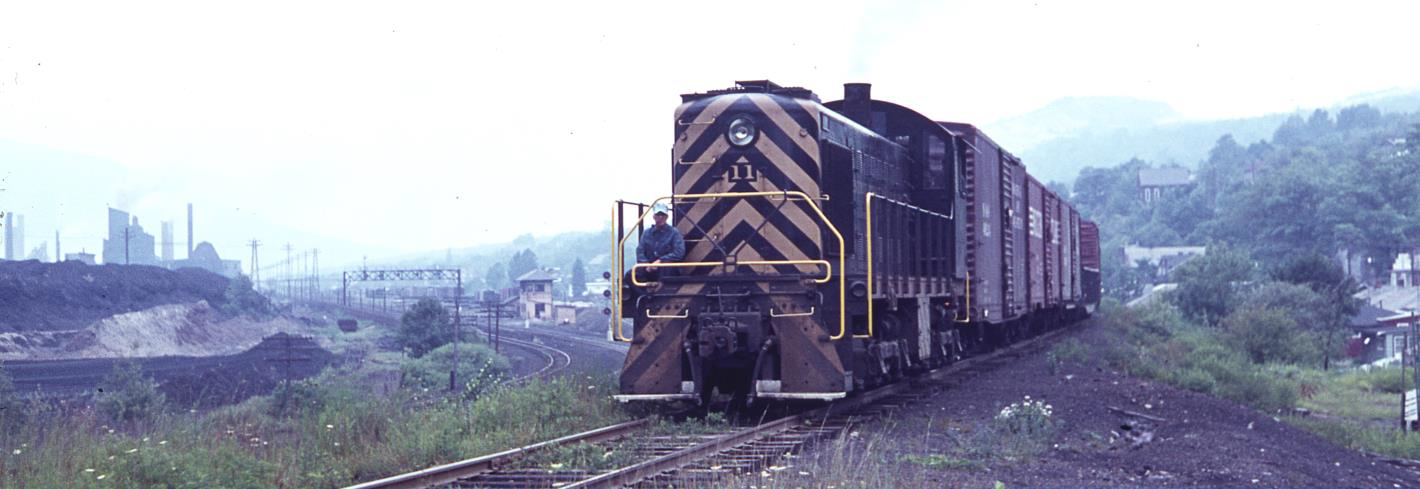Temporarily Out of Stock, check back mid-December for availability.
What do J. Pierpont Morgan, Colonel John Jacob Astor, Howard Gould, Anthony Drexel-Biddle, U. S. Senator William Clark and Chauncey Depew have in common? Other than they were all millionaires? They all invested in a railroad project tied to a brick manufacturing plant and a tourist hotel in the metropolis of Kunkletown, PA. Actually, they were just 6 of 22 millionaires who invested in the scheme! As a result, the Chestnut Ridge gained national fame for having 2 millionaires invested for each of its 11 miles. That was not the only time the little road had national notoriety. There was the time the conductor on the passenger train fell off the train and had to resort to horseback to finish his run.
More serious governmental and legal notoriety arose from the eventual ownership of Chestnut Ridge by a large industrial concern, New Jersey Zinc. A short line being controlled by a large industrial enterprise and having one major rail connection was not special but when there were two trunk line connections, that could pose problems. The ICC took a special interest because of the potential for the competing carriers, L&NE and CNJ, to be offering rebates to NJZ through excessive switching allowances and/or freight divisions given to the Chestnut Ridge. This resulted in an ICC investigation and a later suspension by the ICC of certain L&NE and DL&W tariffs which inspired the Chestnut Ridge to sue the ICC.
In 1925, Chestnut Ridge briefly served as the proving ground for a pioneering prototype of the first diesel locomotive to be placed into service in the Nation’s railroad industry.
Chestnut Ridge survived NJZ’s shutdown and in 2004, was the subject of unusual STB action when Horsehead Corp. bought the carrier at the bankruptcy auction of Horsehead Industries Corp. assets. Horsehead Corp. neglected to get STB approval for the transaction. So, in an unusual ruling, the STB had to give retroactive approval.
An 0-4-4, 2-6-0, 0-8-0 and 0-6-0’s and 4-6-0’s followed by S-2’s, a GP7 and then a GP38-2 powered Chestnut Ridge over 125 years. The book also covers NJZ’s steam and diesel rosters as well as cars in interchange service. .
106 pages, soft cover, glossy paper, indexed, 93 photographs (53 black & white and 40 color)
